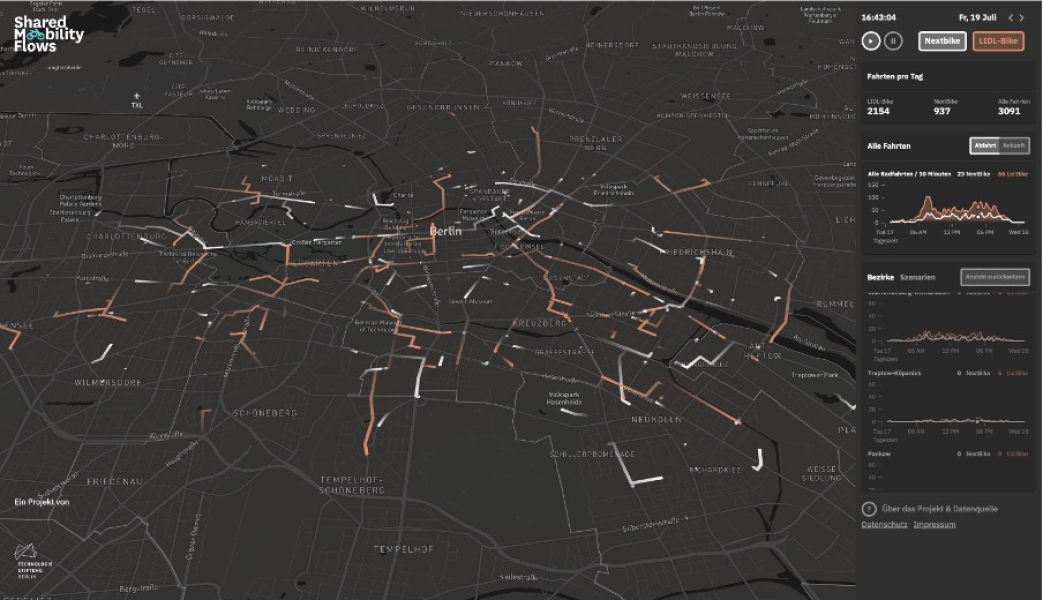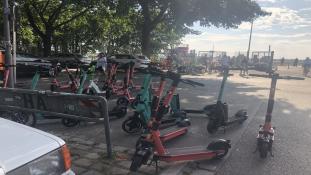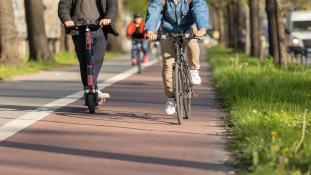Geofencing for micromobility
Geofencing describes the use of geodata to determine whether an object is inside or outside a previously defined geographical area. As soon as a vehicle moves outside this "fence," for example, software can respond with certain measures.
Geofencing can be used to limit the use of vehicles to a specific area. Either by automatically shutting off vehicles when they leave a fenced area or by preventing them from being parked outside designated areas (thus stopping users from logging off until the vehicle is properly parked). This same technology can be used to limit vehicles’ speed.
In this way, safety for road users can be increased. In addition, other problems such as illegal parking on sidewalks and bike lanes can be avoided. The implementation of zones where vehicles cannot be parked has already begun in some German cities.




